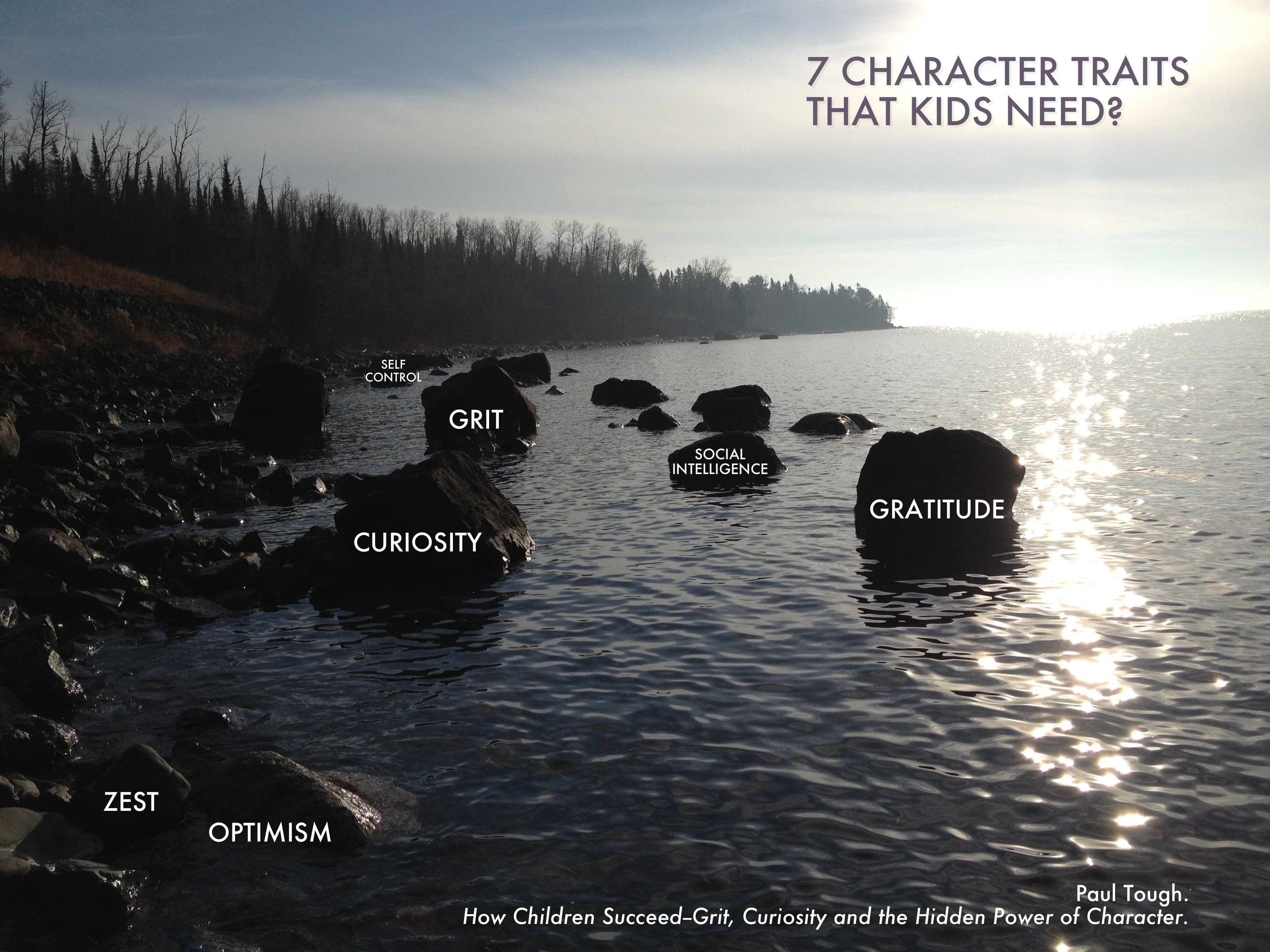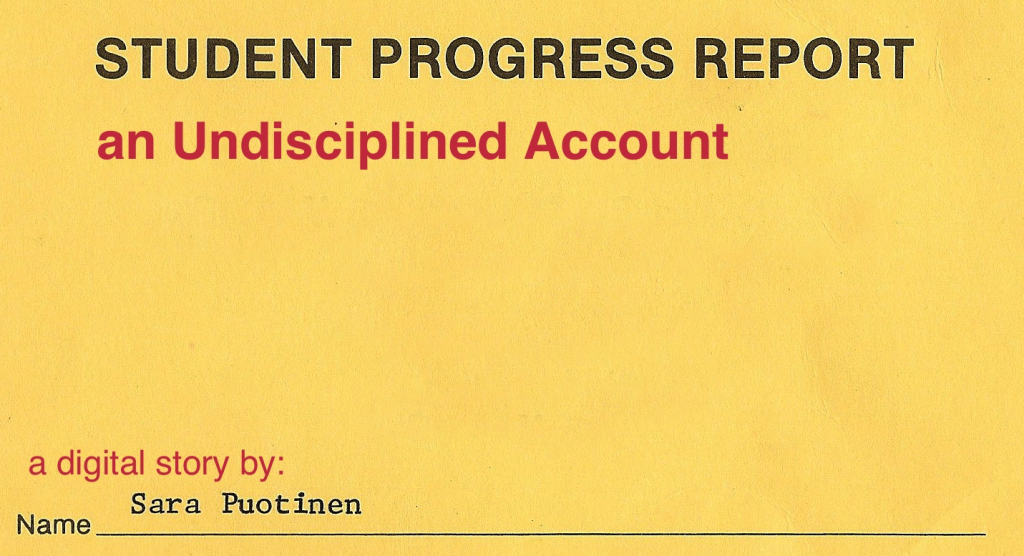Note: I originally started this blog post in mid April. I decided to finish it up today. Originally, this post was intended to be far more ambitious…maybe that’s why I never finished it. In completing it today, I’ve decide to focus less on offering up every insight that I can think of, and more on just getting it done.
I miss writing in this blog. Why did I stop? I think it’s because I’ve been too busy working on other projects: writing/editing two ebooks, researching and developing an interactive documentary about my family’s farm, experimenting with digital storytelling, and learning how to collaborate with my son on an epic video game project. It’s also because I was burned out on critical thinking and making trouble. I wanted to create, not just critique. And finally, it’s because I’m still working on figuring out how to maintain a healthy distance from the academy. I’m trying hard to not get sucked back into it and its highly toxic values.
But this spring, I find myself wanting to return here. To write. To critique. To ruminate on theories/articles/podcasts/media that connect to my primary areas of research interest: moral education, caring, curiosity, troublemaking, virtue and ethics. Today’s post is inspired by an article I found on Facebook about kids and moral education: Raising a Moral Child by super/over-achieving Academic Adam Grant.
Instead of writing a straight-forward review of the article (which I may do in the future), I’d like to let my mind wander and wonder at how the topics raised in this brief opinion piece for the The New York Times connect to other things I’ve recently (and not so recently) read. I also want to use this post as a space for both talking back to the article and being curious about the implications of some of its claims.
First, a brief summary: In “Raising a Moral Child,” Adam Grant poses the question, “What does it mean to raise a good child?” and ponders whether focusing on good practices or good character is more important for helping children to become “kind, compassionate and helpful.” Drawing upon several psychological experiments involving kids, Grant makes the following conclusions:
- Praising character (you are a generous person) is ultimately more important than praising a kid’s actions (you did a generous thing).
- In terms of negative responses to their failure to be kind, kids should feel guilt not shame. Parents can encourage this by expressing disappointment in the action instead of in the kid.
- Modeling generous/caring actions as parent is more important than lecturing to kids or telling them to be generous or caring. Character is shaped by actions: kids see how to be by what we do.
I appreciate Grant’s focus on character and the relationship he sees between character and action. I also appreciate his focus on caring, generosity and moral education. But, as I was reading this article, I found myself repeatedly asking: What does he mean by caring? Being kind? Being generous? Is generosity, in the form of kids giving their extra marbles to “poor children” (the primary example Grant offers), the most effective basis for determining what is/isn’t moral/good/caring? (My implied answer: No, it isn’t). These questions reminded me of a variety of things I’ve read or written about in the last few years.
What is care?
How do define care? While Grant assumes that we all (who is the “we” here?) share an understanding of care, I’m not so sure. Especially when that agreed upon definition seems to be reduced to generosity in the form of giving to the poor. I appreciate how Joan Tronto and Berenice Fisher offer a more expansive definition:
On the most general level, we suggest that caring be viewed as a species activity that includes everything that we do to maintain, continue, and repair our ‘world’ so that we can live in it as well as possible. That world includes our bodies, our selves, and our environment, all of which we seek to interweave in a complex, life-sustaining web (103).
Care and generosity come in many forms, some of which aren’t always as caring and generous as we assume them to be. The paternalistic care that giving to the poor (marbles or money) often engenders may feel caring to the one giving it, but what does it do to the object of that giving—the “poor”? Here I’m referencing Adam Grant’s discussion of this study in which 7-8 year olds could give some of their marble winnings to “poor children.” Sadly, since I’m no longer an academic, I don’t have access to the whole study. I’d really like to know how the researchers describe “the poor children.” Part of the focus on raising caring children should be on discussions/working through of what caring can/does/should mean. And on resisting the impulse to see “the poor” merely as objects (and not subjects) of your giving generosity.
Way back in 2010, I wrote about kids and learning to care in Linking care with Troublemaking.
what does it mean to be kind?
In What does Mean Mean, Kate Bornstein writes:
And why didn’t I simply write, be kind. I almost did.
But people have ruined that word by calling for a kinder, gentler nation and then effecting a nation that’s very close to the opposite. Another example: someone could consider truthfully that they’re being kind to you when they stop you from being a homosexual… because then you won’t go to hell. It’s become too easy for people to convince themselves that they’re not being mean when they simply call themselves kind. Nope, the word kind can be stretched way out of shape. So, be kind couldn’t be the rule.
I think that treating others with respect in ways that doesn’t do violence to them or deny them of their dignity is very important. Perhaps that’s part of the kindness that Grant is calling for. But, instead of only training kids to be kind, we should also focus on helping them to develop ways for not being mean and for standing up to others who are mean. This can provide kids with some valuable tools for resisting/fighting back against people who try to treat them, and those around them, like shit (or, as I’ve started telling my 8 year old daughter, people who “try to dim your light”). And, it doesn’t restrict the “good” behavior that we promote to some narrow form of kindness.
I was reminded about “not being mean” this morning (May 27th), after clicking on and reading through the link that STA sent me about kids (especially girls) and relational aggression as a form of meanness that is affecting younger and younger kids: Little children acting mean
BONUS
Right around the time I started writing this post, back in April, I listened to an episode of This American Life called Bad Baby. Here’s the episode description:
They’re small. And they’re cuddly. But sometimes it feels as though our babies were replaced with demon replicas — controlling, demanding, or just downright awful. This week, stories of infants and children who dominate the adults around them with their baditude, or whom adults have painted with the “bad” brush from early on. We also ask the question: at what age does badness begin?



